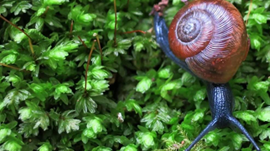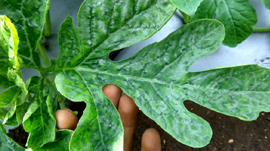In 2016 through 2017 U.S. beekeepers lost 33 percent of bees. Many factors contribute to the death of bees, but the number one culprit is the Varroa mite. Manually detecting the mites is tedious and prone to human error. Researchers from EPFL, a research institution and university in Lausanne, Switzerland, developed a deep learning-based app that can automatically count the number of varroa mites in beehives.
Varroa mites are one of two parasites known to affect the long-term survival of bees. If beekeepers could more accurately monitor Varroa mite infestations, they could treat their hives more efficiently and save bees.
“The first step was to create a database of images of Varroa mites for the computer, so that it could recognize the mites on its own and without making mistakes,” says Maxime Bohnenblust, a master’s student who has been involved in this project from the start.
Using NVIDIA GeForce GTX 1080 Ti GPUs with the cuDNN-accelerated TensorFlow deep learning framework, Bohnenblust and his team trained and refined their neural networks with thousands of crowdsourced images from several beekeepers.
The app has the potential to alert beekeepers if an infestation is affecting surrounding communities.
“The beekeepers didn’t have any shared metric or standard,” says Bohnenblust. “And until now, beekeepers associations have been sending their data to Agroscope, the Swiss government’s agricultural research center, once a year.”
Bohnenblust says he is working on a detailed research paper about the work, and the app is expected to become publicly available at a later time.










